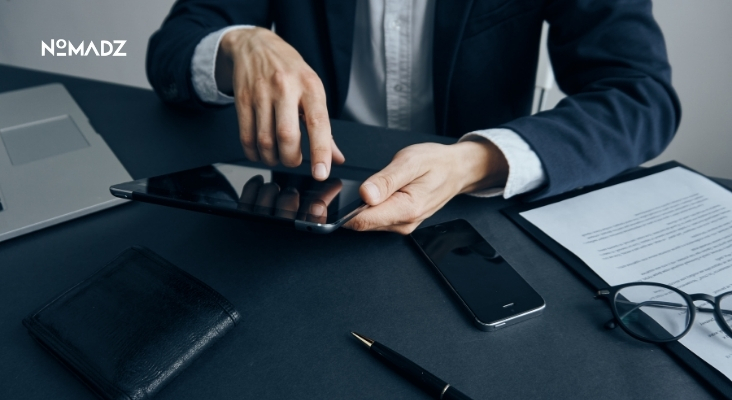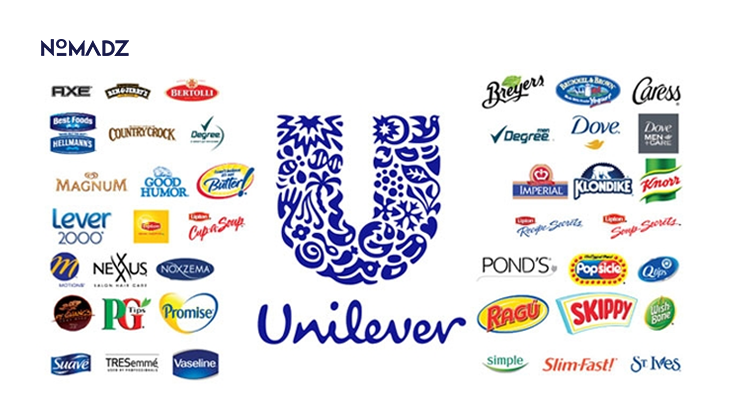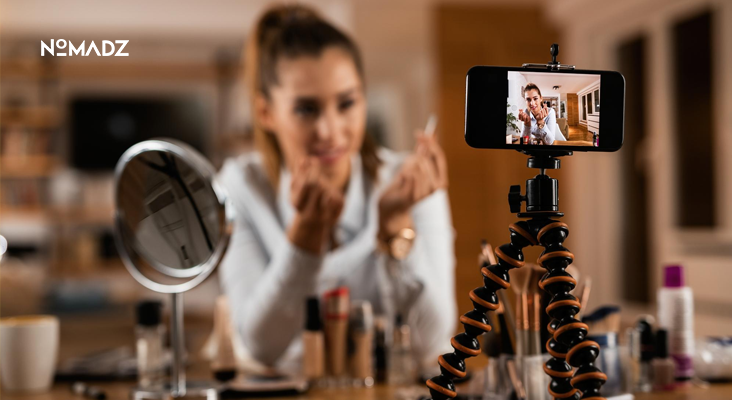Social Media Engagement: How to Measure and Evaluate Performance
Social media engagement determines how effectively brands, businesses, and influencers connect with their audience. Online presence alone is insufficient for success because user interaction quality determines achievement. Measuring likes, shares, comments, and clicks makes the level of follower engagement transparent. However, improving engagement becomes difficult when proper measurement systems are absent.
Understanding key engagement metrics helps refine content strategies and build stronger connections. This blog explains how to measure and evaluate engagement effectively to increase engagement and enhance online visibility.
Why Measuring Social Media Engagement is Important?
Social media engagement monitoring provides important information about audience behavior, content performance, and brand performance. When your audience becomes highly engaged, your content succeeds because this proves that the content hits its target while driving audience interactions and strengthening brand faithfulness.
Engagement affects how social media calculates content presentations, resulting in better visibility and expanded reach. Businesses that prioritise engagement successfully boost their social media followers and establish credibility. Assessing audience engagement helps companies determine their most popular content pieces and enhance their future content approach for steady audience engagement.
However, companies struggle to make informed decisions and improve their social media presence without tracking the right engagement metrics.
Practices to Measure and Evaluate Social Media Engagement
Effective engagement measurement requires a structured approach. Brands must use particular evaluation methods to understand how their audiences interact.
1. Defining Clear Goals
When organisations set specific objectives, they can ensure their engagement measurement methods support their business requirements. Brands should determine whether they aim to boost followers, improve brand awareness, or increase website traffic. Without clear goals, engagement tracking loses its purpose.
If the primary objective is to increase engagement, the focus should be on interactive content, comments, and shares. When conversions represent the priority, click-through rates and lead generation measurement take precedence.
2. Selecting Relevant Metrics
Tracking the right engagement metrics helps assess performance effectively. Each platform displays its own set of metrics that users can track. The main social media metrics include likes, comments, shares, and mentions. Time spent on posts, click-through rate, follower growth measurements, and click-through rate are important indicators.
The selection of appropriate metrics depends on the campaign’s goals. The brand’s focus on audience interaction should be on comments and shares. However, businesses aiming for brand reach must analyse impressions and follower growth.
3. Leveraging Social Media Analytics Tools
You can find pre-installed analytics systems on social media to evaluate audience reaction levels. Live engagement metrics have become available through the analytics platforms Facebook Insights, Instagram Analytics, Twitter Analytics, and LinkedIn Insights. These analytical tools help organizations follow post-performance and audience characteristics, together with their interaction behaviors.
Third-party products such as Hootsuite, Sprout Social, and Google Analytics provide advanced details about social media engagement. By analysing data, companies can formulate better strategies to enhance engagement and reach.
4. Regular Monitoring for Consistency
Consistently tracking the engagement ensures that businesses stay informed about audience preferences. How people interact with content is directly influenced by platform update technologies, operations in user habits, and popular social media trends. The analysis of metrics regularly reveals productive aspects together with nonproductive aspects.
The decrease in engagement allows businesses to change their strategies quickly. For instance, decreased engagement on Instagram may require extra response entrainment on social media, like creating polls, quizzes, and interactive stories. Performing continuous performance tracking allows businesses to maintain their adaptable and efficient social media strategy.
5. A/B Testing to Optimise Engagement
By implementing A/B testing methods, brands obtain data about competing content approaches to select strategies that generate superior engagement results. A business approach can use tests to verify which post types paired with captions, hashtags, and posting times produce the best audience engagement.
Brands can adapt their approach when a post version outperforms others regarding likes and comments. Platforms must conduct tests between video and image formats alongside long versus brief post captions to determine the most successful content elements people interact with.
A/B testing is important in increasing social engagement and attracting more followers.
6. Calculating Engagement Rate for Accuracy
Engagement rate measures the performance of content by showing the audience reach. The standard business method for engagement calculation involves this formula:
Engagement Rate (%) = (Total Engagements / Total Followers) × 100
The level of follower interaction with content determines the engagement rate, which reveals whether content needs improvement. Monitoring engagement rates lets businesses improve their strategies for ongoing business expansion. The more engagement you generate, the higher your page’s visibility becomes. Increased visibility helps brands attract new social media followers organically.
This expanded reach connects businesses with more potential online customers.
Ways to Increase Social Engagement
Good content plays an important part when creating “social engagement. Important social media content should cause audience reactions and activate dialogue between members. Maintaining audience engagement involves regularly establishing posts with excellent visual value and interesting captions and implementing questions, polls, and competitions.
- Timing matters when posting content. Audience activity analysis gives brands the tools to find optimal posting times to reach their maximum number of followers. People interact most with content posted during their active hours on social media. Strategic use of engagement posts for social media ensures sustained interest and participation.
- Brand partnerships with influencers and joint ventures increase audience participation. Brand collaborations with suitable influencers enable brands to interact with new potential audiences, driving up credibility and social activity. Each response to fan comments establishes better relationships that enhance fan involvement.
Conclusion
Proper evaluation and measurement of social media engagement become essential to any business that wishes to build its presence online. A brand can engage with an audience by defining it objectively, selecting relevant engagement metrics, utilizing applicable analytics tools, and constantly monitoring performance.
A/B testing and engagement rate calculations refine content strategies to increase social media engagement. Investing in engaging content and audience interaction efforts helps businesses boost social media followers and maximize brand impact. Connect with Nomadz Digital and Innovation to receive experienced help optimizing your engagement methods.
Use the power of social media to control your performance levels while dramatically increasing user interaction.
FAQs
Why is social media engagement important?
Engagement shows the level of audience participation in content. High social media engagement improves brand visibility, credibility, and audience loyalty.
What are the best engagement metrics to track?
Key social media engagement metrics include likes, comments, shares, click-throughs, and engagement rates. These metrics enable organisations to evaluate audience participation levels.
How can I increase social media engagement?
To increase engagement, create interactive content, post consistently, engage with followers, and use polls, contests, and Q&A sessions.
What content leads to maximum audience interaction?
Posts containing videos, polls, interactive stories, and user-generated content receive higher engagement rates.
How often should I track social media engagement?
Regular monitoring meetings, held at least once a month, allow for tracking effective engagement strategies that match audience preferences.









Leave feedback about this